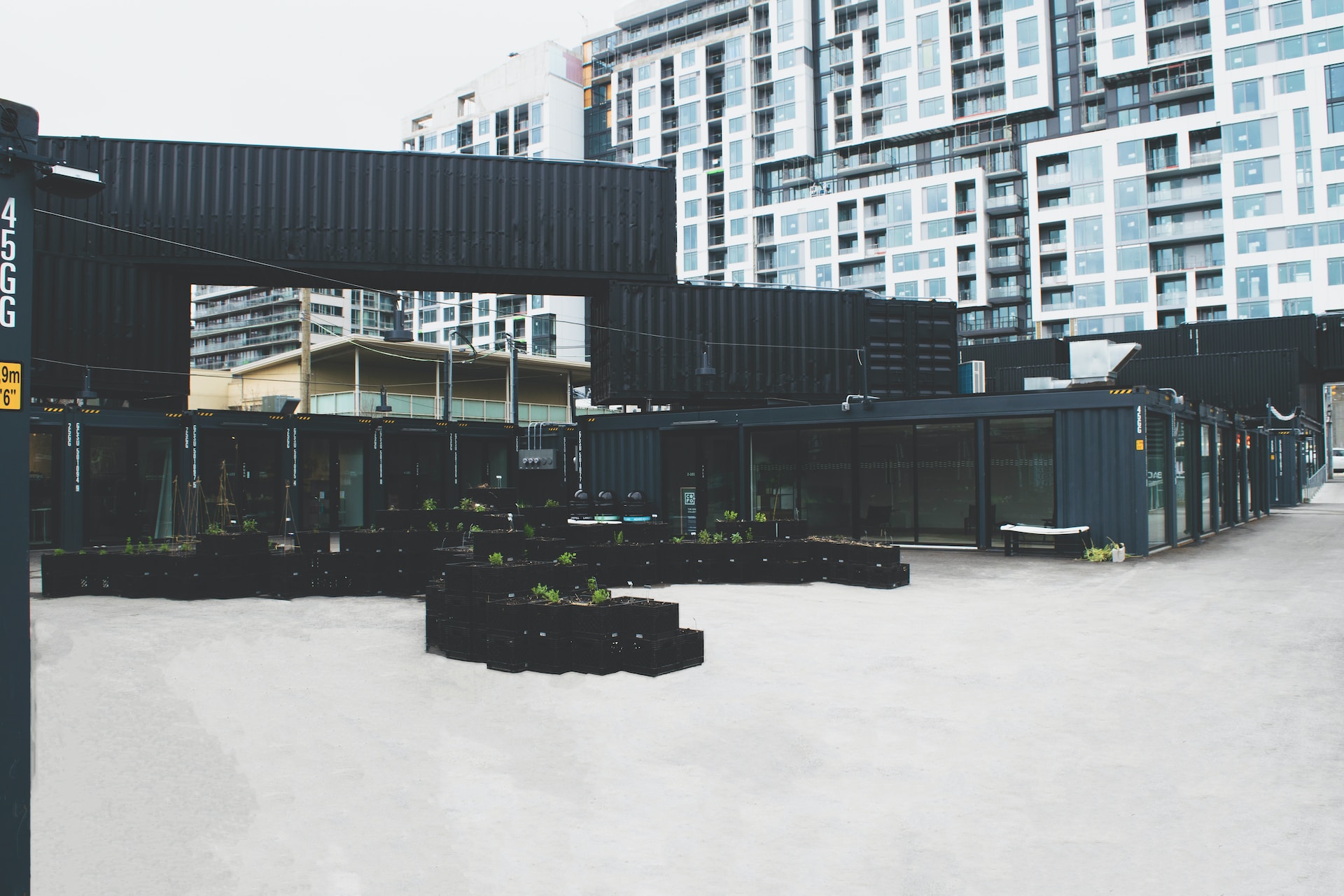
7 Eco-Friendly Alternative Home Concepts
We are reader-supported. When you buy through links on our site, we may earn affiliate commission.
Everyone needs a home. When you build one from the ground up, you have more leeway to decide how sustainable your property will be, from the floor plan to the materials. Building has come a long way. What are today’s hottest eco-friendly alternative home concepts, and how can you modify them for your needs?
From building some elements indoors to avoid weather delays to choosing newer materials that are stronger while treading more lightly on the earth, there’s a lot you can do to green your home’s footprint. Here are seven eco-friendly alternative home concepts to consider.
What Makes Alternative Home Concepts Eco-Friendly
Currently, new home construction in the United States creates over 50 million tons of carbon emissions annually, the same as many smaller countries like Norway. Continuing business as usual will create a nightmare scenario for future generations and risk the permanent destruction of irreplaceable areas.
Any process that slashes that figure improves sustainability, but that isn’t the ultimate goal. Although budget concerns might prevent you from building a truly net-zero home at the moment, thanks to material costs, you can make conscientious choices to reduce your footprint. Eco-friendly alternative home concepts often begin in the blueprint stage.
Alternative Home Concepts to Address the Housing Crisis
Thinking of the devastation climate change causes is scary, but there is reason to hope. Switching to eco-friendly alternative home concepts doesn’t only help the planet. It helps people in need of homes, too.
For example, modular, manufactured and tiny homes cost less to construct than traditional site-built models, making housing more affordable for those with limited incomes. Furthermore, many of the materials that are expensive today will drop in price once the necessary infrastructure exists to facilitate their production. For example, despite the 2018 Farm Bill passage, there simply aren’t enough facilities producing hempcrete yet to bring prices down — but that is changing.
8 Eco-Friendly Alternative Home Concepts
Enough of the rationale. You’re ready to start your project. What alternative home concepts should you consider while at the drawing board? Here’s some inspiration.
1. Shipping Containers
Repurposed shipping containers are super eco-friendly and convenient. They’re sustainable because they reduce the energy required to melt these containers down to reuse the steel, a process that creates emissions. They’re convenient because hello? You’ll save a small fortune in time on framing work.
You can use a single shipping container to create a tiny home or join several together to expand your square footage. You don’t get much more secure than steel and placing it on the right foundation offers security against storms.
2. Mobile Homes
Mobile homes offer an affordable alternative home concept for many. They sometimes cause issues in mobile home parks when site rent increases can create trouble for residents. However, plopping one down on a parcel you own is often the quickest and easiest way to say, “Welcome Home.”
Plus, those buying a new mobile home can speak with the manufacturer regarding the materials used. While you don’t have the options you do with modular homes — more on that below — you can opt for sustainability wherever possible.
3. Modular Homes
Modular homes are a type of cross between a traditional stick-built model and a mobile home. Instead of the manufacturer delivering the entire project as with a mobile, they construct components in a factory, assembling them on the home site.
You have more options when building a modular home than you do a mobile, as many manufacturers allow you to customize parts of the building process. You can also opt for a sustainable builder to purchase your home plans and components.
4. Tiny Homes
Tiny homes are an eco-friendly alternative home concept because they green your footprint throughout their useful life span. How? The less space you have, the less there is to heat and cool.
“Well, what if I plan to do a full solar installation?” That’s commendable and represents humanity’s power future. It might even get you to net zero! However, you’ll still go even greener living in a tiny home because you can only fit so much stuff into it. Goodbye wasteful consumerism and all the plastic used to package goods.
5. Hempcrete Homes
Hemp is pretty amazing stuff. It’s stronger than steel when manufactured correctly. It could soon replace the lithium in electric car batteries, making this mode of transportation fully green. While it lacks the compressive strength of traditional concrete for building bridges and skyscrapers, it’s tough enough to hold up a standard home while providing far more insulation.
What makes this material eco-friendly are its superior insulating qualities. You can save up to 70% on your heating and cooling bills by switching to this material for framing instead of traditional wood. Furthermore, you won’t have to blow in polystyrene, which creates unwanted emissions.
Hemp grows far faster than trees, making it more sustainable to produce, too. Although you’ll need to limit your design to no more than two stories, you can get creative — perhaps use hempcrete to insulate your shipping container design while creating an impressive facade.
6. Straw Bale Homes
Straw bale construction isn’t new — it even appears in the International Building Codes, and big guidelines like that change very slowly. Although it might not intuitively sound like it, straw bales are quite fire-resistant, thanks to how densely packed they are. Another advantage is their superior insulating ability, once again eliminating the need for blown-in insulation.
Straw is sustainable, as it grows quickly and is a common agricultural waste product. Another perk of this eco-friendly alternative home concept is that it’s soundproof. Therefore, those in a rock band might want to consider this option to preserve harmonious relationships with their neighbors.
7. Cob Homes
A cob home might sound like something out of a fairy tale. Who but a woodland sprite could live in a house made from corncobs? Fortunately, the building process for this eco-friendly alternative home concept doesn’t include raw cobs but an adobe-like material manufactured from lumps of soil, straw and sand with a claylike consistency.
What differentiates a cob home from an adobe is that you don’t use bricks or framing. Instead, you use sturdy tools to smooth walls into desirable shapes. Therefore, this construction type works well if you plan a rounded or irregular design.
Build the Future With These Eco-Friendly Alternative Home Concepts
The built environment produces considerable annual emissions and permanently alters the landscape. However, you can build sustainably with the right eco-friendly alternative home concepts.
Choosing the right materials and design can considerably reduce the carbon footprint of your home while doing your part to create humanity’s collective future. Consider these eco-friendly alternative-home concepts for your next build and become a part of ensuring a safe place to live, not just for this generation but those to come.
Share on
Like what you read? Join other Environment.co readers!
Get the latest updates on our planet by subscribing to the Environment.co newsletter!
About the author
Rachel Lark
Rachel serves as the Assistant Editor of Environment.co. A true foodie and activist at heart, she loves covering topics ranging from veganism to off grid living.





